Horizontal And Vertical Metal Cladding system
150 आईएनआर/Square Foot
उत्पाद विवरण:
- प्रॉडक्ट टाइप DUCT COVER
- मटेरियल GI/ALU.
- उपयोग exterior
- साइज 10 FT
- रंग CUSTOMISED
- क्षमता टन/दिन
- फ़ीचर WATERPROOF
- अधिक देखने के लिए क्लिक करें
X
मूल्य और मात्रा
- 5000
उत्पाद की विशेषताएं
- टन/दिन
- DUCT COVER
- WATERPROOF
- CUSTOMISED
- exterior
- 10 FT
- GI/ALU.
व्यापार सूचना
- Ahmedabad
- , , ,
- 1000
- दिन
- Yes
- Box Packing
उत्पाद वर्णन
Horizontal Metal Cladding- Appearance: Horizontal cladding typically uses long, horizontal metal panels that are aligned across the building facade. This can create a sense of width and expansiveness. It's often associated with a more modern or industrial aesthetic.
- Materials: Common metals include aluminum, steel, zinc, and copper. These materials are chosen for their durability and resistance to the elements.
- Installation: Horizontal cladding is often installed with overlapping panels, allowing for a secure and weather-tight connection. It can also be arranged with gaps or joints, creating a distinctive linear pattern.
- Benefits:
- Enhances the horizontal lines of the building.
- Can make the building appear larger or more expansive.
- Effective for contemporary or minimalist designs.
- Appearance: Vertical cladding uses vertical metal panels that extend upward along the building. This can emphasize the height of a structure and is often used to create a more dynamic, modern look.
- Materials: Similar to horizontal cladding, vertical metal cladding can be made from a variety of metals, including aluminum, steel, and more.
- Installation: Vertical panels are typically installed from top to bottom with overlapping edges or joints to prevent water ingress. Vertical lines create an impression of height and can be used creatively to alter the perception of a building’s proportions.
- Benefits:
- Emphasizes verticality, making buildings appear taller.
- Adds a sense of sophistication or modernity to the design.
- Often used in residential, commercial, and mixed-use buildings for a striking visual effect.
- Aesthetic Impact: Horizontal cladding is typically used to create a sense of width, while vertical cladding enhances the height and vertical lines of the structure.
- Visual Balance: The orientation of the panels can influence the overall visual balance of a building. Horizontal lines can soften the building’s appearance, while vertical lines often give a more dramatic, tall effect.
- Suitability: Horizontal cladding is well-suited for single-story buildings, low-rise structures, or when you want to broaden the visual appearance. Vertical cladding is often used for multi-story buildings or when you wish to emphasize height.
Tell us about your requirement

Price: Â
Quantity
Select Unit
- 50
- 100
- 200
- 250
- 500
- 1000+
Additional detail
मोबाइल number
Email

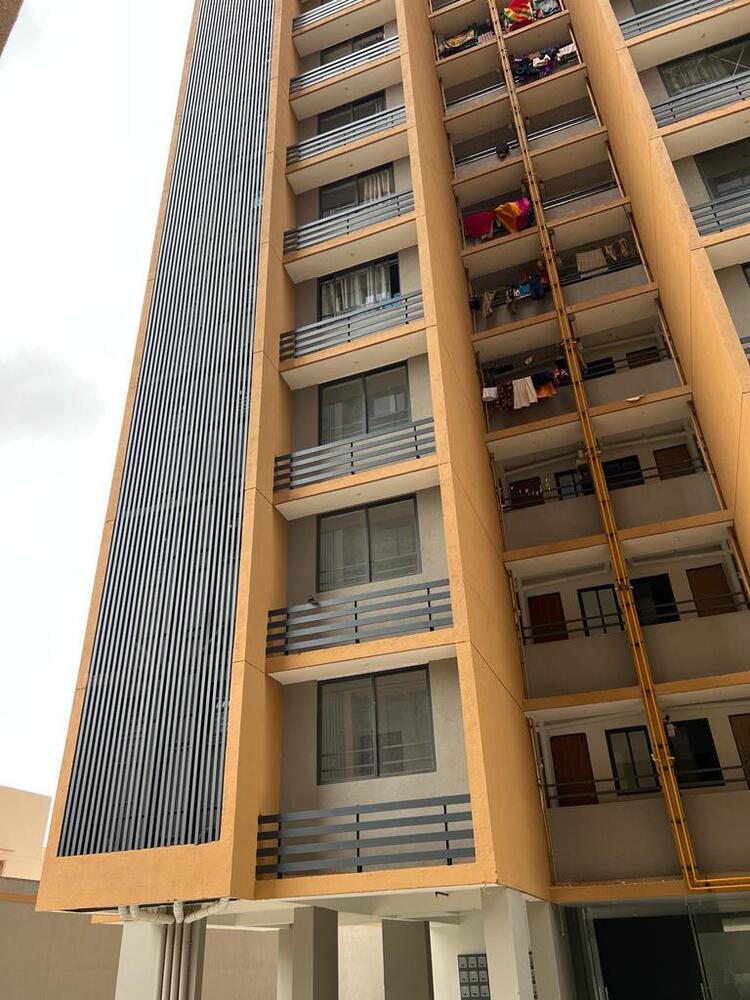

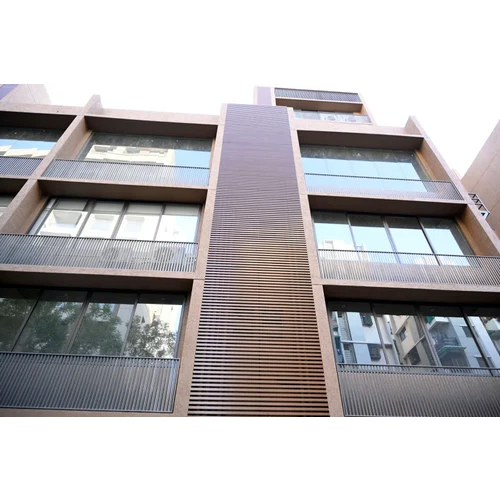
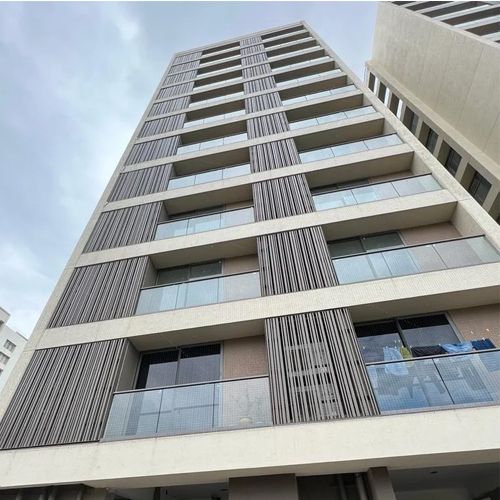
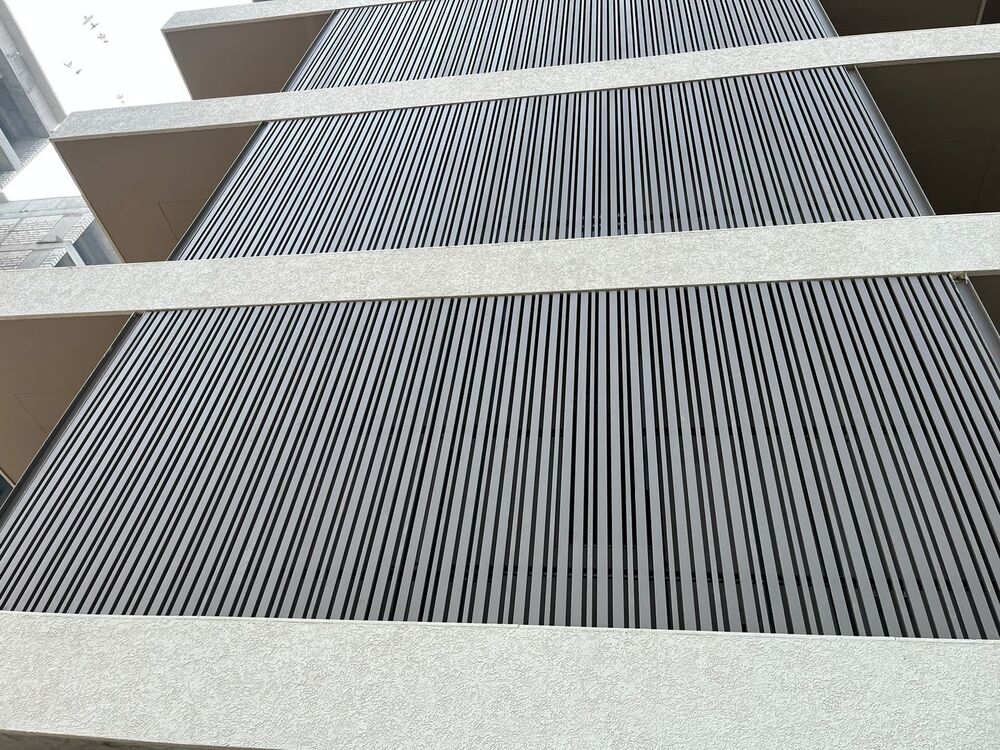
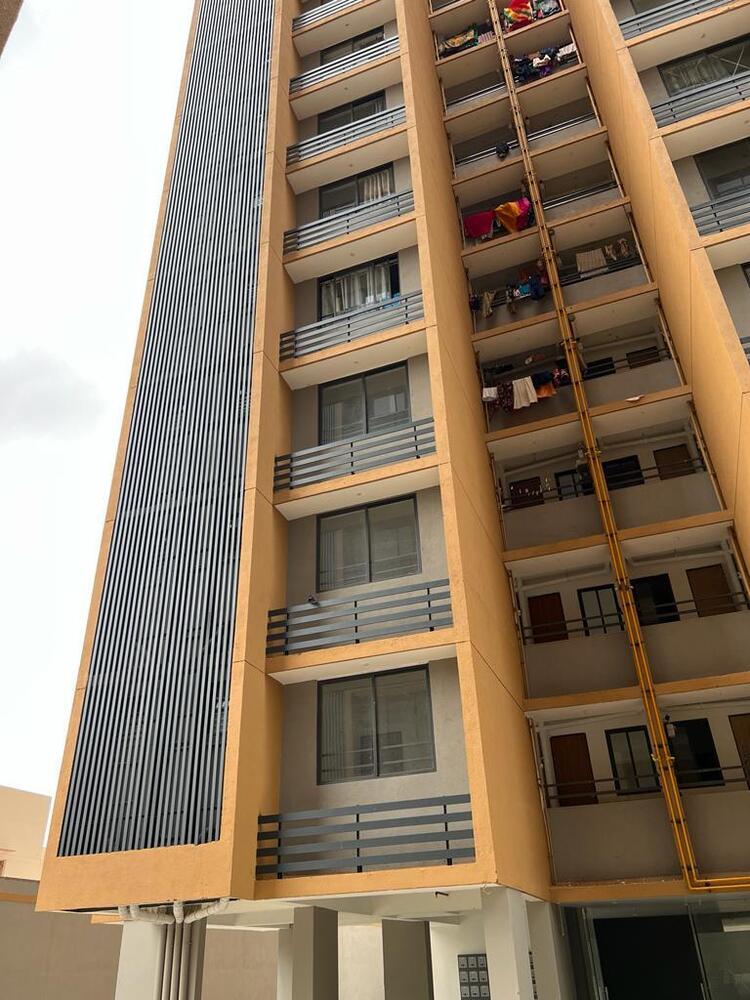

 English
English Spanish
Spanish French
French German
German Italian
Italian Chinese (Simplified)
Chinese (Simplified) Japanese
Japanese Korean
Korean Arabic
Arabic Portuguese
Portuguese